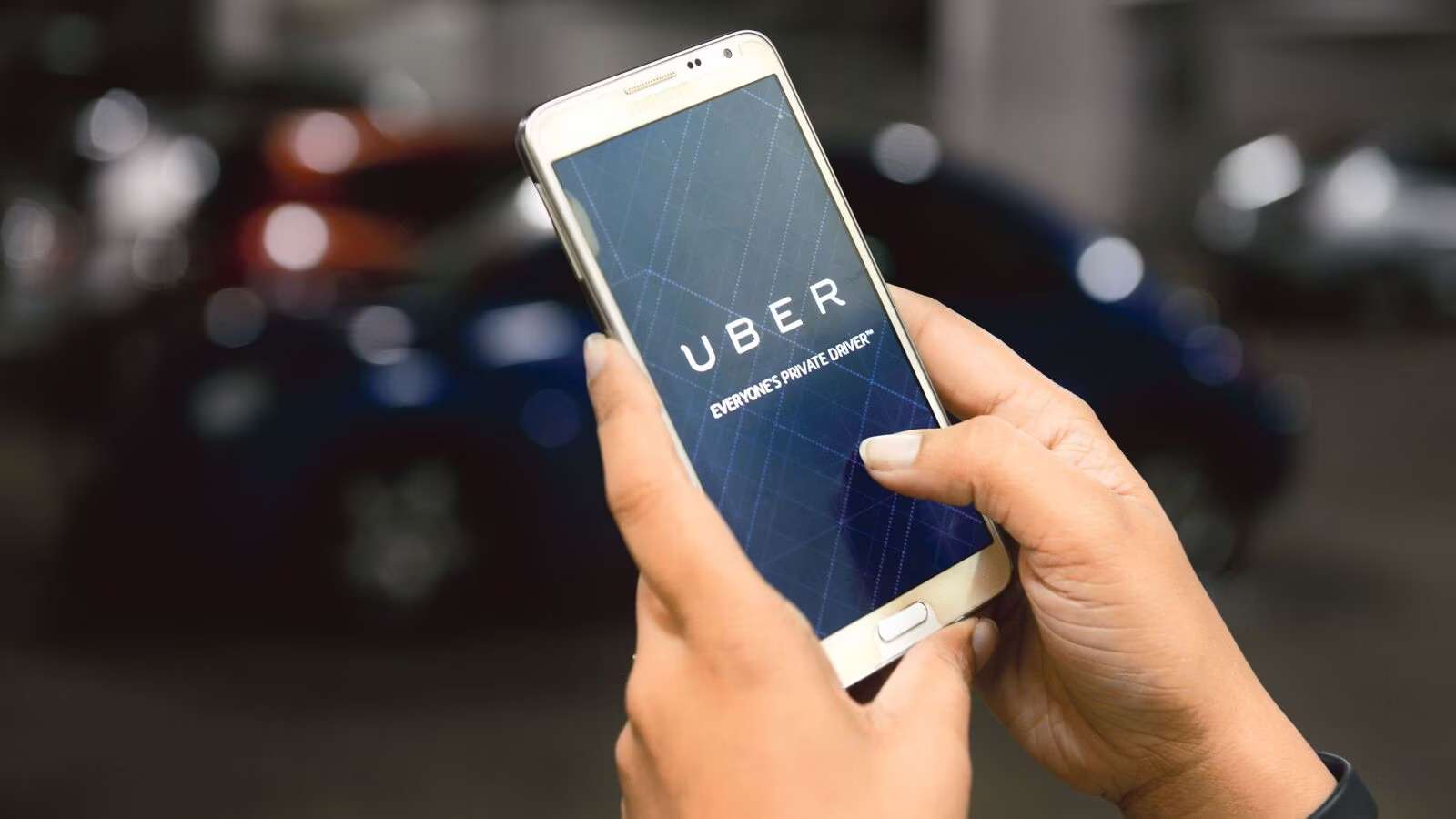
In a recent incident that highlights the challenges faced by commuters in Bengaluru, a man’s Uber booking turned into a frustrating ordeal due to an unexpectedly long wait time.
Rajesh Sawhney’s Experience with Uber in Bengaluru
Rajesh Sawhney, the founder and CEO of GSF Accelerator, found himself in a vexing situation when he decided to book a cab through Uber in Bengaluru. Despite his expectations of a smooth and prompt service, the reality proved to be starkly different. Upon confirming the booking, Sawhney was taken aback to discover that the assigned cab was located a considerable distance away, approximately 19.7 kilometers, with an alarmingly prolonged wait time attached to it.
Expressing Frustration on Social Media
Unable to contain his frustration, Sawhney took to social media to voice his discontent. Sharing a screenshot of the Uber app displaying the extensive wait time, he lamented the state of affairs in Bengaluru, labeling the city as ‘messed up’. His tweet, posted on March 13, quickly gained traction, accumulating over 2.3 lakh views and sparking a flurry of reactions from fellow users.
Community Response and Shared Experiences
Sawhney’s tweet resonated with many others who chimed in with their own encounters and grievances regarding transportation woes in Bengaluru. Among the responses, one user recounted a troubling incident where an Uber driver at the Bangalore Airport refused to activate the air conditioning, only relenting after insistence and then demanding additional charges for the service. Another individual, hailing from Mumbai, affirmed Sawhney’s perspective, citing similar difficulties faced with Uber and auto-rickshaws during visits to Bengaluru.
I haven’t seen come across any city more messed up than Bangalore.
Also perhaps the most corrupt city in India; from auto drivers to Uber drivers, from politicians to babus.
How would things change? pic.twitter.com/86QYr9bFT6
— Rajesh Sawhney 🇮🇳 (@rajeshsawhney) March 13, 2024
Persistent Challenges in Bengaluru’s Transportation Landscape
The thread of comments further underscored the persistent issues plaguing commuters in Bengaluru. Complaints ranged from unscrupulous behavior by auto-rickshaw drivers, such as demanding inflated fares post-ride completion, to frequent requests from drivers to cancel bookings and pay in cash instead.
Conclusion
The incident narrated by Rajesh Sawhney sheds light on the systemic challenges faced by commuters navigating Bengaluru’s transportation network. From unexpectedly long wait times to confrontations over service quality and fares, the episode underscores the need for continued efforts to address and alleviate the frustrations of commuters in the bustling metropolis. As urban centers evolve and grow, ensuring efficient and reliable transportation remains paramount in enhancing the quality of life for residents and visitors alike.


